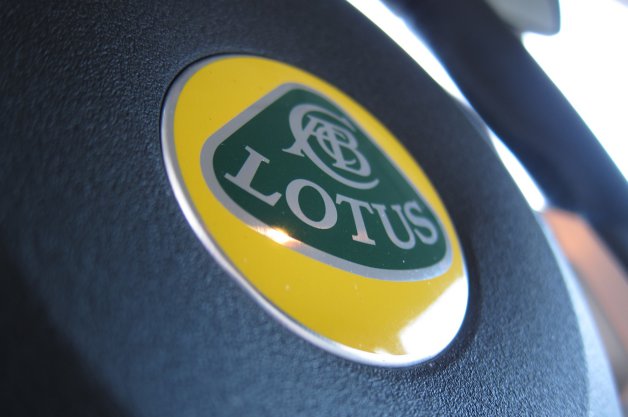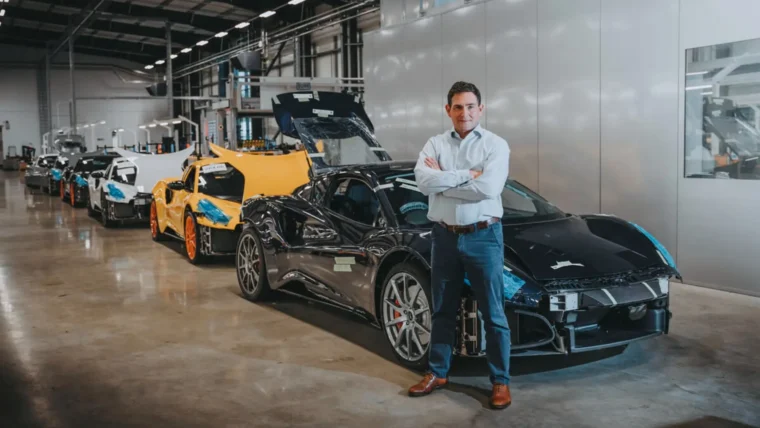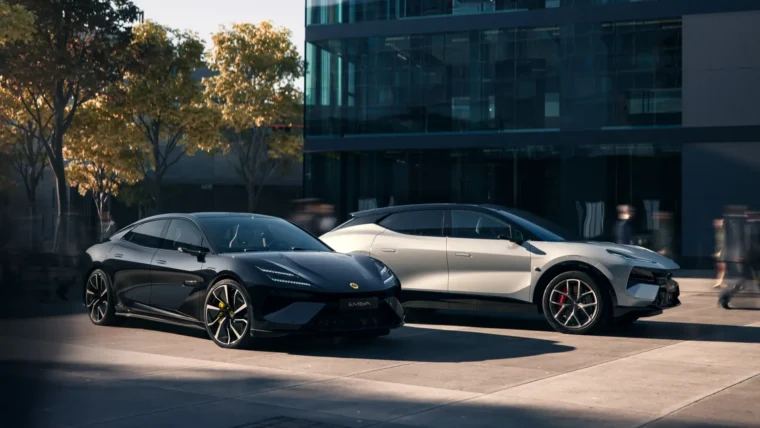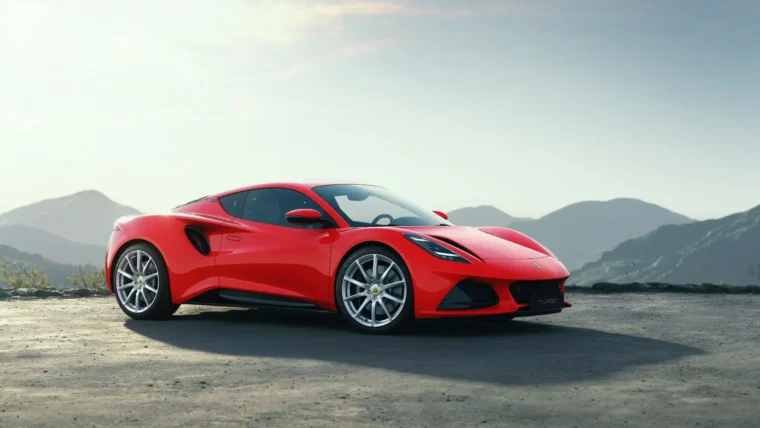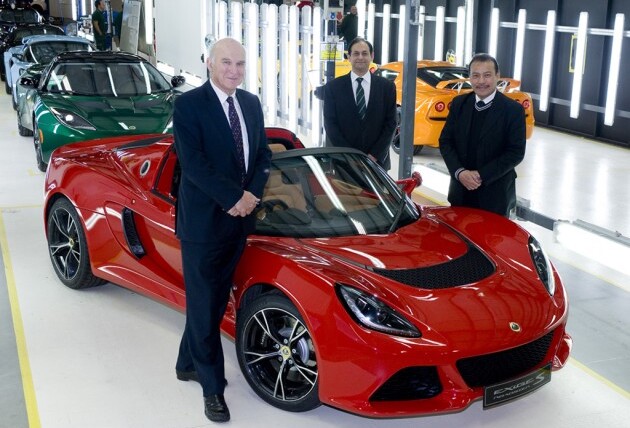Lotus has been facing a great deal of controversy lately, besides cutting its workforce by a quarter under its new restructuring proposals, the company was also rumored that its street-legal production model, the Lotus Evora, will be withdrawn from sale in the USA due to the expiration of an airbag exemption.
That was apparently a bridge too far, though, as the company has issued defiant statement, claiming it’ll be back, in both the US and Canada, for model year 2016, with an air-bag compliant Evora. Below is the press statement from the company:
Lotus is fully committed to the North American market and will produce a 2016 Model Year Evora that will be fully compliant for Canada and the USA. Lotus will not be producing a 2015 model year Lotus Evora but there will be limited availability of 2014 model year Lotus Evora sports cars over the next few months. In addition, the Lotus Elise S Cup R and the Lotus Exige V6 Cup R are also sold in these markets for race and competition use only. Lotus currently has 45 dealers in North America and plans to open additional dealers in key market areas in Canada and the USA in the next few months.
That was one question answered following its long list of rumors. Autoexpress interviewed new Lotus CEO, Jean-Marc Gales to seek more answers on the company’s direction and its future plans.
In the recent announcement of a possible 325 job cuts, Gales stated that, “There is no further news except to say that the collective consultation has started, so we have started a process that takes 45 days. It’s sad and regrettable, but unfortunately it’s necessary to safeguard the future of the company. In simple terms we need to reduce costs and increase sales, and we cannot avoid up to a maximum of 325 redundancies and we sincerely hope it’s going to be less.”
Gales also said that their short-term lineup will be based on the Elise, Exige and Evora. He declined to go into specifics but said we can expect a number of improvements including better performance and improved ride and handling characteristics.
“The very first priority is Elise, Exige and Evora, but after 2017 there are many things we can envisage based on our core values, so you won’t see a two-tonne animal somewhere wearing a Lotus badge! The only segment I would rule out right now are commercial vehicles, but we were joking that you could even make them more lightweight,” said Gales during the interview.
Gales further adds, “They have a lot of life left, these cars – nobody has found a better way to combine light weight, ride and handling. With derivatives there are many things we can think of, and I wouldn’t exclude anything right now because the Lotus principles apply to every segment. We think about performance enhancements of course, ride and handling enhancements and we will take further weight out of the cars without compromise – we want future Lotuses to be easier to live with and easier to get in and out.”
Gales went on to say a crossover could be introduced in three to four years and could eventually be followed by a sedan.
“Nothing has been decided, but saloons and crossovers are certainly two segments that come to mind, I would say SUV/crossover definitely. If Lotus does an SUV or a four-door saloon it will be light, performance-led and it will have outstanding looks. This is what we want and this is in line with our heritage.”
Gales also added that the company will not develop their own engine and will continue to receive engine supply from Toyota. “Most small car makes that have gone that route (producing their own engine) have disappeared. We are using engines from the world’s largest car makes that are reliable, good and we can trust them. It’s a mass-market engine but we make sure it sounds and performs much better. For further joint ventures we have a company close to us – Proton. So for joint-projects that would be the first port of call,” he explained.
Nearly four years ago, Lotus announced plans to offer a new Esprit but the model has been in halt ever since the company abandoned their aggressive product strategy spearheaded by Dany Bahar.
While the model was almost complete, Lotus CEO Jean-Marc Gales dismissed the possibility of seeing a production version. As he explained, “If you’re asking whether we’re going to pick them up and launch these cars, the answer is no. I don’t want to focus on the past, but there are some technologies and supplier relationships that we can take forward from the projects.”
Souce: Autoexpress, Autoblog, Lotus
Other posts by AF Newsdesk


